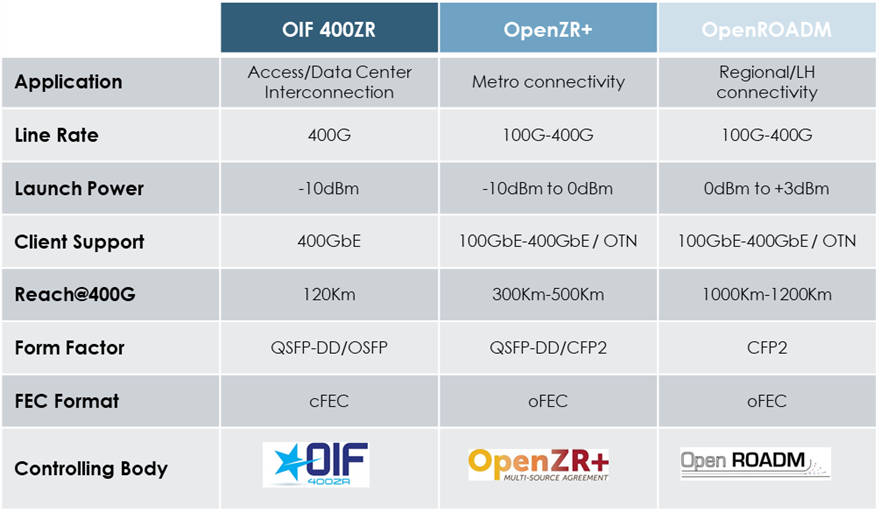- Solutions
Solutions
Discover how we empower your network through a flexible choice of Optical transport, Access and Software defined technologies. Browse through our dedicated use cases to find out more.
- Products & Services
Products & Services
A full suite of products and services to address your network needs for today and tomorrow.
- Company
Company
Find out all you need to know about the foundation of Ekinops, the company empowering next-generation networks.

Ekinops has long taken a pragmatic approach to its optical transport solutions. Until the industry can prove that it can offer something at least equivalent to what we can build ourselves and for less cost, we will continue to develop our own optical line interface technology. Then and only then do we consider replacing our in-house technology with something from the open market. This actually happened six years ago with our 10G platform once it was determined that commercially available XFPs could provide the same performance as Ekinops’ in-house OTX enhanced line interface. While we may have waited longer than most to make the transition, we were comfortable that our customers were getting at least an equivalent product.
Today the same phenomenon is beginning to occur at 400G. Low profile, low power 7nm silicon is used to create powerful digital signal processors (DSPs) small enough to reside inside of the optical package itself, essentially miniaturizing an entire line card into a pluggable form factor. However, not all pluggable solutions are the same. The various industry standards and consortia like the OIF 400ZR along with the OpenZR+ and OpenROADM groups all have different performance targets and specifications.

While client form factors like QSFP-DD and OSFP have the smallest footprint, greatest density and least impact on the router infrastructure, they are limited in terms of performance and these solutions don’t meet Ekinops’ criteria for replacing our embedded solution, at least today. Low launch power and lack of a tunable optical filter (TOF) means they’re really only useful for point-to-point applications, not for ROADM-based networks that require more horsepower. That’s why virtually all OIF 400ZR type optics are sold to the hyperscale content providers that only want to connect their local data centers to regional gateways using low cost, short haul links.
Service provider networks are more complex, have more junction points and will have more loss and so require higher performance. What’s more, their line systems are not optimized for low performance optics. Adding a -10dBm channel to an existing line system already carrying high-powered channels impacts the overall performance because the optical power on all channels must be lowered to avoid big differences in OSNR. This is why an OpenROADM compliant, CFP2-based approach like Ekinops PM_400FR05-C2 line card, a new 1x400G + 4x100G transponder/muxponder for our Ekinops360 system, provides the best of both worlds. With the higher launch power the CFP2 line optic provides, new channels can co-exist with existing traffic without impacting the performance. With a built-in TOF and EDFA, the PM_400FR05-C2 has the power and filtering capability so it can be designed into colorless ROADM networks that use passive couplers.
These capabilities make it easy for service providers to deploy and it fits right into their operational model of having the IP and optical teams as separate entities with their own methods, procedures and skillsets. Even for service providers with the operational flexibility to integrate optics on packet equipment, a decided lack of management tools—APIs that allow management of the optical transport equipment through the router—make it difficult for this approach to work.
What’s more, migrating to a pure pluggable approach requires a complete upgrade to a 400G-capable router infrastructure to fully take advantage of the optics, not an inexpensive undertaking. While one of the key selling points for client form factor optics is that they improve router port density compared to CFP or CFP2, they still consume router ports. Keeping transport separate uses no router ports and connectivity can be provided using inexpensive black and white transceivers to help further reduce cost.
One last factor to consider is the effect this approach has on network modeling since tools supplied by the WDM equipment vendor cannot account for the impact on the existing traffic from additions/extensions using pluggables.
As technology continues to shrink, QSFP-DD optics will get better with higher launch powers for extended range and one day will also incorporate a TOF at which point we can adapt them for use on the 400FR05-C2 but for today’s market, CFP2 is still the way to go for service provider networks.




